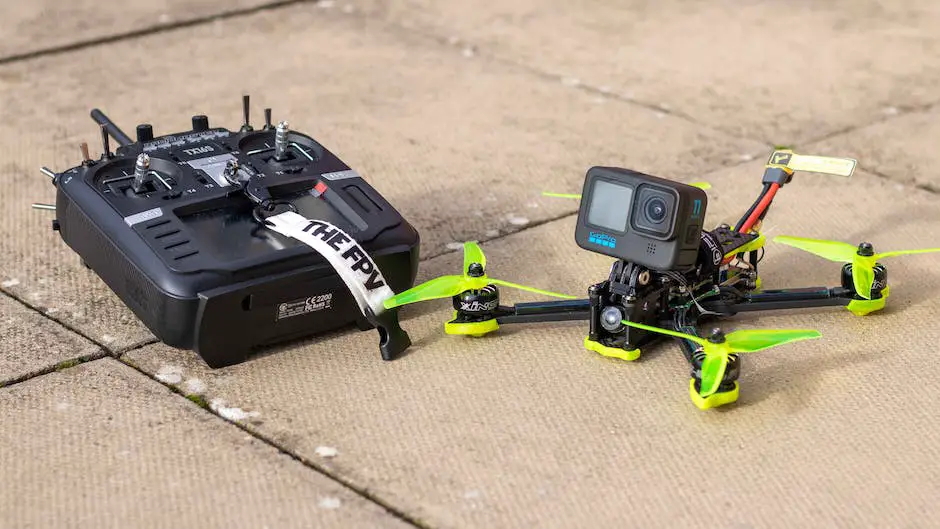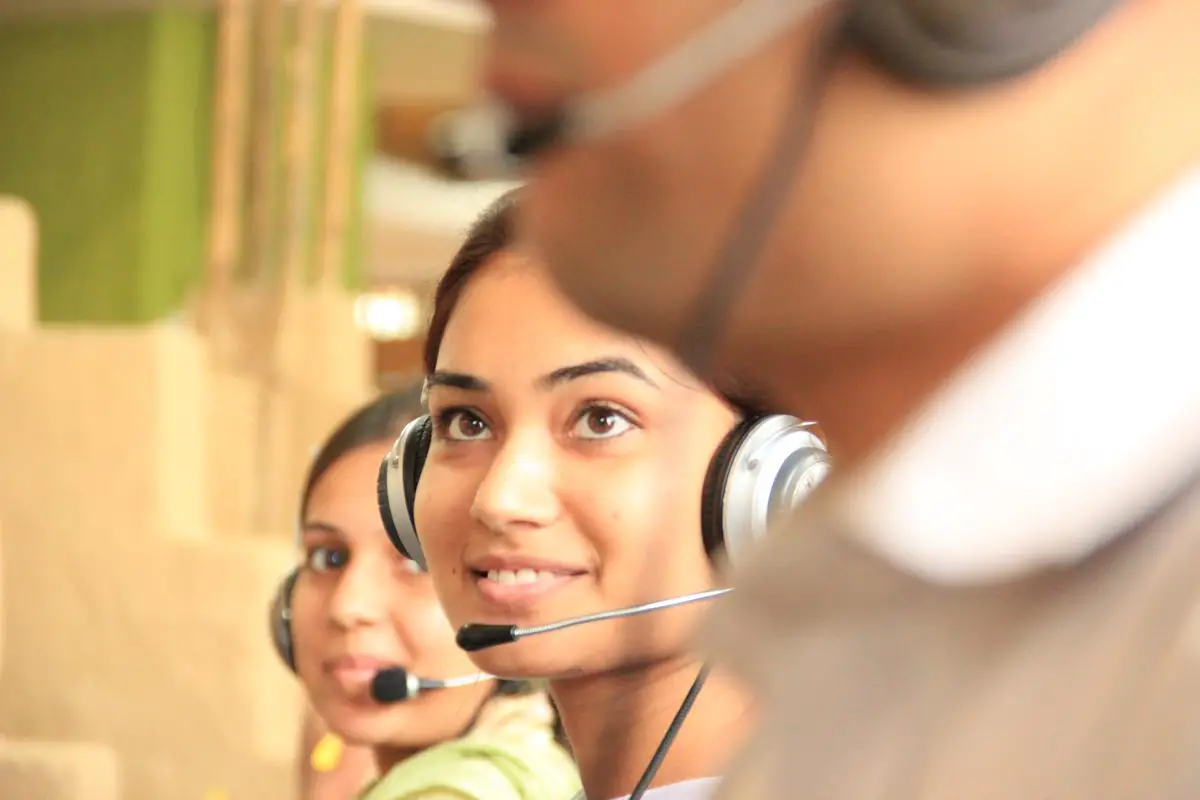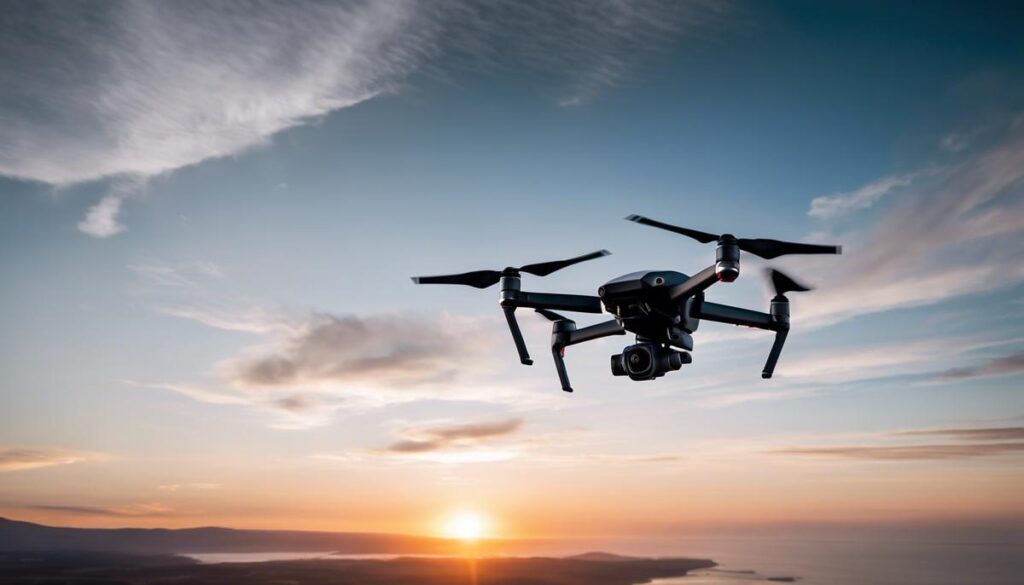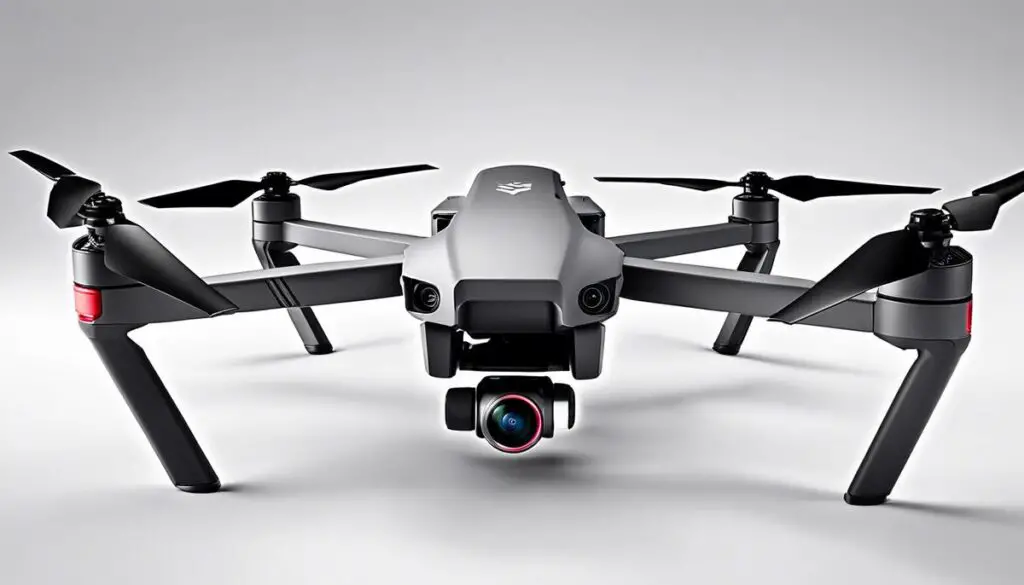Embracing the realm of First Person View (FPV) drone flight is an exhilarating venture that encapsulates both the thrill of exploration and the pleasure of mastering a technical skill. With an FPV drone, the art of flight is brought to your fingertips as you navigate the skies with a bird’s eye view. This intricate process entails grasping the complex workings of various drone components, understanding flight techniques, and becoming familiar with the legal framework within which these flights are to be conducted. Together, these critical elements culminate into a fascinating journey, transforming a simple hobby into a potential lifelong passion.
Understanding FPV Drone Components
The FPV Drone: Breaking Down Its Essential Components To Understand Better
Flying a First-Person View (FPV) drone is an exhilarating experience. It’s not just about simply navigating a drone; it’s about the thrill and excitement of soaring through the sky while sitting comfortably on the ground, controlling every move.
Understanding the essential components of an FPV drone adds another layer of appreciation for this hobby: the joy of delving deep into the mechanical details. It might sound intimidating at first, but do not fret; it’s all about uncovering the nuances over time and immersing oneself in the sublime world of FPV drone flying.
Let’s get straight to it and explore the individual building blocks of an FPV drone.
- Frame: The foundation of the FPV drone is the frame, typically made from carbon fiber due to its high strength-to-weight ratio. The size of frames is measured diagonally across the motor mounts, ranging from micro frames (less than 100mm) to larger frames (above 600mm).
- motors: Motors are what prop your drone into flight. They come in different sizes and types, but brushless motors are more common due to their longevity and efficiency.
- Propellers: Fitted onto the motors, propellers are essentially the wings of the FPV drone. Material, size, and pitch all contribute to a propeller’s performance. A perfect balance of efficiency and responsiveness creates an ideal flight.
- Electronic Speed Controllers (ESCs): These components control the speed of motors, dictating how fast or slow a drone can fly. They interpret signals from the flight controller and adjust the motor speed accordingly.
- Flight Controller: Essentially the brain of the FPV drone, the flight controller processes the pilot’s commands and instructs the other components to act. It also uses sensors to maintain stable flight.
- FPV Camera: This component provides the pilot with a real-time video feed of the drone’s view, creating a truly immersive flight experience. The camera’s field of view, resolution, and latency all determine the quality of the FPV experience.
- Video Transmitter (VTX): The VTX broadcasts the live video feed from the FPV camera to the pilot’s FPV goggles or screen. It includes channels and different power levels that dictate its range and interference with other pilots.
- Receiver (RX) and Transmitter (TX): This duo connects the drone with the controller in the pilot’s hands. The transmitter sends inputs from the pilot, such as throttle, pitch, roll and yaw, which are then received by the receiver on the drone.
- Batteries: LiPo (Lithium Polymer) batteries are the most commonly used in FPV drones for their high-energy delivery and light weight.
- Antennas: Antennas are crucial for maintaining consistent signal quality. Drone pilots usually use circularly polarized antennas to reduce interference and improve video signal quality.
Each component of an FPV drone plays a pivotal role in its performance and flying experience. Whether you’re assembling your first drone or fine-tuning an existing one, understanding these essentials aids in making informed choices and enhances the overall flight experience. Like every hobby, the beauty of FPV drone flying lies not only in the execution but in the innate curiosity and constant learning that come along with it. Happy flying!
And remember, the sky isn’t the limit; it’s only the beginning!

Laws and Regulations for FPV Drone Flight
Navigating the Legal Skies: Laws and Regulations in FPV Drone Flight
Switching gears from the technical aspects of FPV drones, it’s vital we delve into the world of laws and regulations governing this exhilarating hobby. A responsible pilot must understand and abide by these rules to ensure safety, privacy, and the continued enjoyment of this amazing pastime.
The Federal Aviation Administration (FAA) is the primary body that dictates laws for FPV drone flights in the United States. Hobbyist or commercial, every drone pilot needs to abide by FAA regulations. For starters, each drone weighing between 0.55 and 55lbs should be registered with the FAA. It’s a pretty straightforward online process that requires a nominal fee of $5.
A key FAA regulation for operating FPV drones is maintaining “line of sight” during flight. This essentially means that you – or a trained spotter – should be able to see your drone at all times while it’s in the air. While it feels somewhat counter-intuitive for FPV pilots, especially as the whole thrill revolves around first-person view, rules are rules!
Another important rule in the FAA book is that drones should not surpass 400 feet in flight altitude, essentially keeping them below the level of manned aircraft. Furthermore, drone pilots are advised to steer clear of other aircraft and emergency response efforts or stay at least five miles away from airports unless permission is granted.
The FAA’s rules also stipulate no drone flying over people or motor vehicles to avoid accidents and potential injury. Always remember, safety is paramount!
FPV pilots should follow community-based guidelines too, and the Academy of Model Aeronautics (AMA) offers a comprehensive set of guidelines. Among them is avoiding reckless flight– that means no racing or acrobatics in crowded areas.
Privacy laws also play a big part if your drone has a camera installed. These laws vary from state to state, so it’s worth doing a little homework to steer clear of any legal trouble. The rule of thumb should always be to respect people’s privacy – it’s better to err on the side of caution (and civility!).
Last but not least, remember to check local laws and regulations as they can vary drastically. Some states, cities, or parks have their own specific rules for drone use that may be more restrictive than federal laws.
While it may seem like a lot to take in, these laws and regulations are in place to ensure everyone’s safety and enjoyment of the hobby. By sticking to them, not only can we keep our skies safer, but we can also ensure that the wonderful world of FPV drone flight stays open for everyone to discover and appreciate. So, keep the safety gear on, the knowledge updated, and the fun in full throttle!

Photo by charanjeet_dhiman on Unsplash
FPV Drone Flight Techniques
Essential Flight Techniques for FPV Drones: A Deep Dive
Transitioning from the gear and legality to the nitty-gritty of flying FPV drones, no conversation can occur without broaching the essential flight techniques. The mastery of these techniques will ultimately determine your flying experience and how smoothly your drone can navigate the skies. Exciting, isn’t it? Let’s get this bird flying!
A comprehensive understanding of controls is key to successful flight, so let’s begin by demystifying the anatomy of Remote controller sticks. The left stick is typically responsible for Throttle and Yaw, while the right stick influences Pitch and Roll. Getting the hang of these can be challenging, but essential for a smooth flight.
Now that you understand the basics of the control, it’s time to put your drone in the air. But how do you ensure a perfect launch? A vertical take-off is usually preferred – all you need do is gently increase your throttle until your drone lifts off the ground. You’re in the air, congratulations!
Next, let’s focus on Hovering. Hovering is all about stability and control. This technique allows the drone to maintain a singular position and altitude. Practice hovering at different heights and remember, patience is key.
Many drone pilots often wonder how to Nail Turns. A beginner can start with basic yaw turns, which involve rotating your drone left or right. Once you’re more confident, level up to bank turns, which combine roll, Yaw, and Pitch to simulate a more natural, airplane-like turn.
Aerobatic Moves might seem daunting but are definitely worth your time. The most common is the flip. Usually involving commanding a full pitch or roll to make your drone flip in the air. Try exciting moves like barrel rolls and loops when ready. Remember, it’s a hobby, make it fun!
Understanding the art of trimming is equally important. Trim refers to minor adjustments made to offset any small factors that might unintentionally pull your drone in a particular direction. Emphasis on the word “minor”; trimming is about fine-tuning your drone’s balance, not drastically changing its flight path.
Another essential skill is to learn to Fly by Camera. Rely on your drone’s FPV camera to pilot its flight, but be aware, it might take some getting used to. Don’t let the initial disorientation deter you, it’s a crucial skill to have.
Lastly, it’s always important to know how to Handle Crashes. Expect a few hiccups while learning to fly. When a crash occurs, reduce the throttle to zero immediately to limit damage.
Experimenting with these flight techniques and gaining proficiency, punctuated by trials and errors, can significantly enhance your joy of FPV drone flying. So fasten your seat belts and take off to an exhilarating adventure in the sky!

Imbibing the knowledge of FPV components, their operations, and how they seamlessly blend to create a functioning drone, is an exciting part of the journey towards proficient drone flight. This, coupled with a solid understanding of the intrinsic maneuvers of FPV drone flight and the FAA regulations, will not only increase competence in flying but also ensure you operate responsibly and legally within the stipulated boundaries. As you progressively sharpen your FPV drone skills, the sky truly becomes your playground, offering endless prospects for exploration and adventure. The journey to becoming an adept FPV drone pilot is certainly a rewarding experience packed with exhilarating moments, continuous learning, and unending fun.



